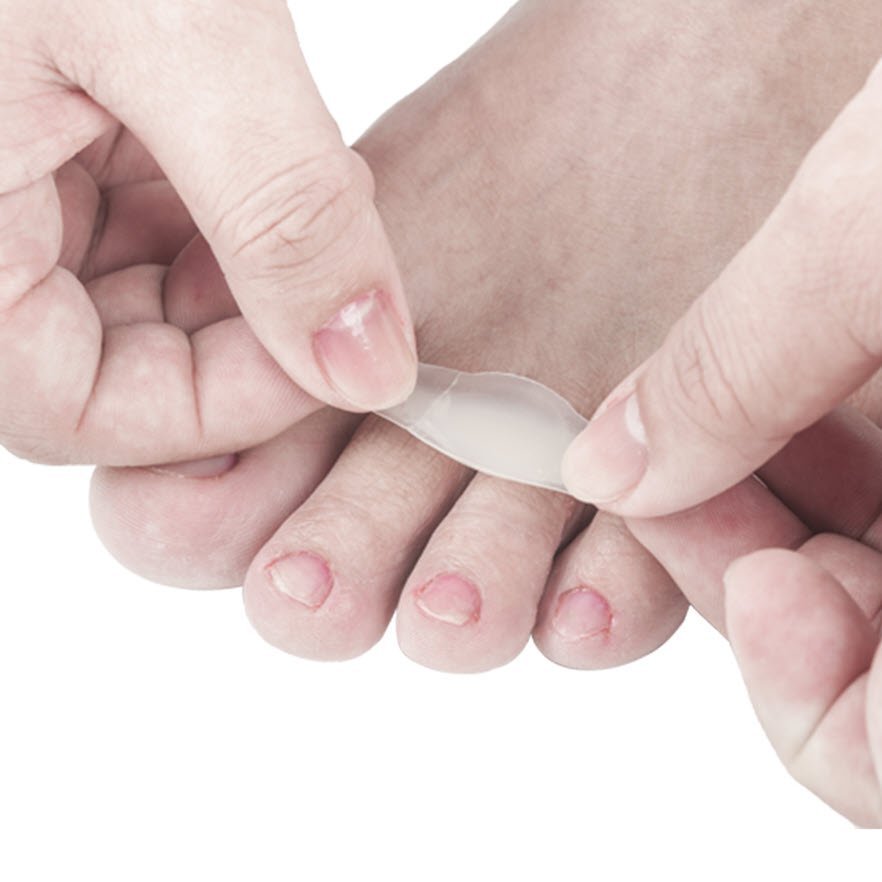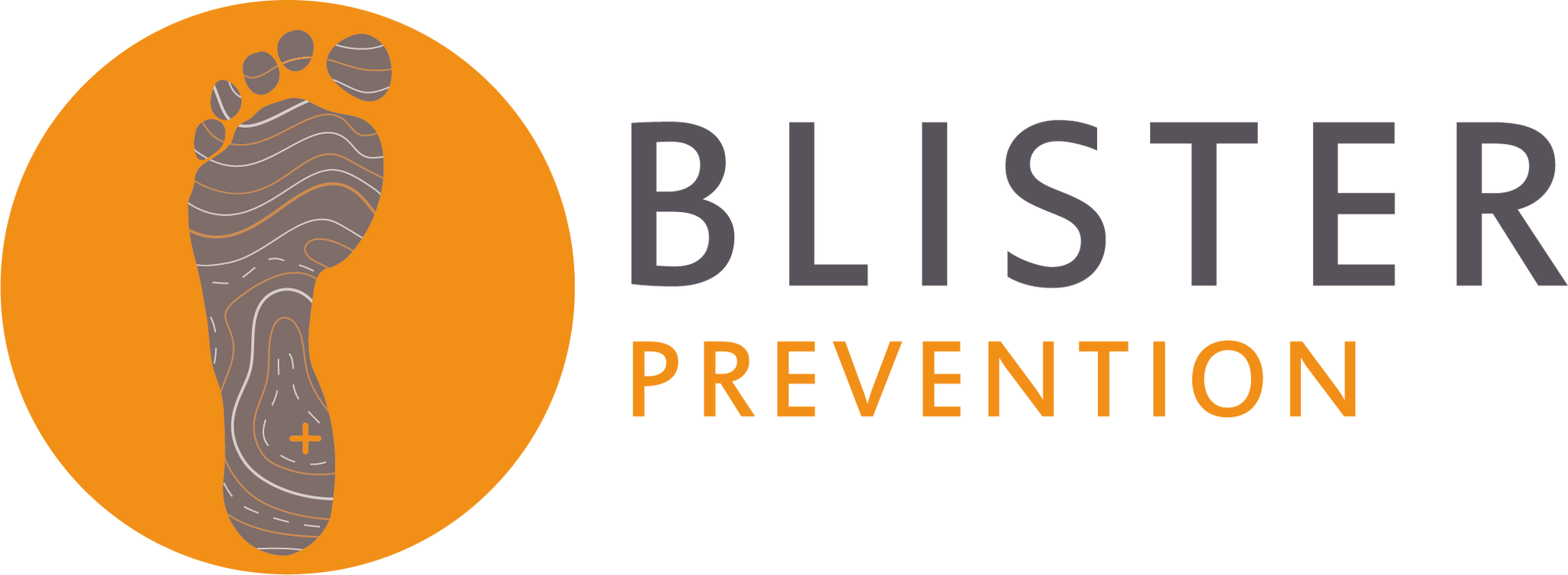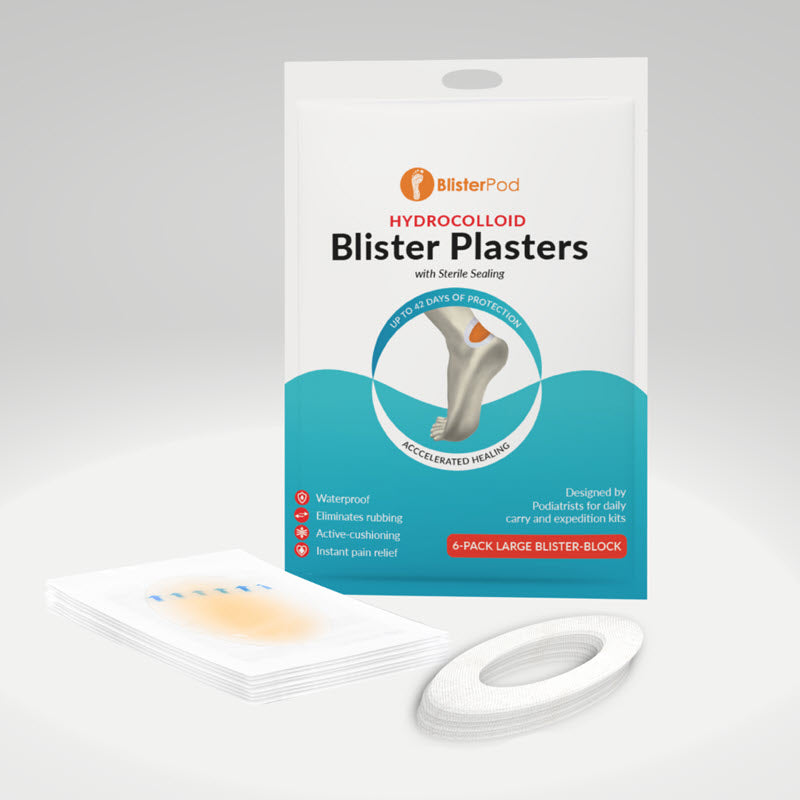Walked about 15-18k/day for about 2 months before going. So I knew my boots/socks worked. I think that is half the battle. I met so many people incredulous at their foot problems, saying “I don’t know why I am having these issues—I went on two 10k walks before I left!”

. I can’t speak to treating blisters, having never experienced one, but I can speak to prevention using Body Glide. It is like a dry stick deodorant. I applied to bottom of feet, top of instep, around heel, bottoms of toes, tops of toes, between toes, and no blisters. Zero. I met people using Compeed. I was disturbed by what it did to their skin. That ain’t normal!

























